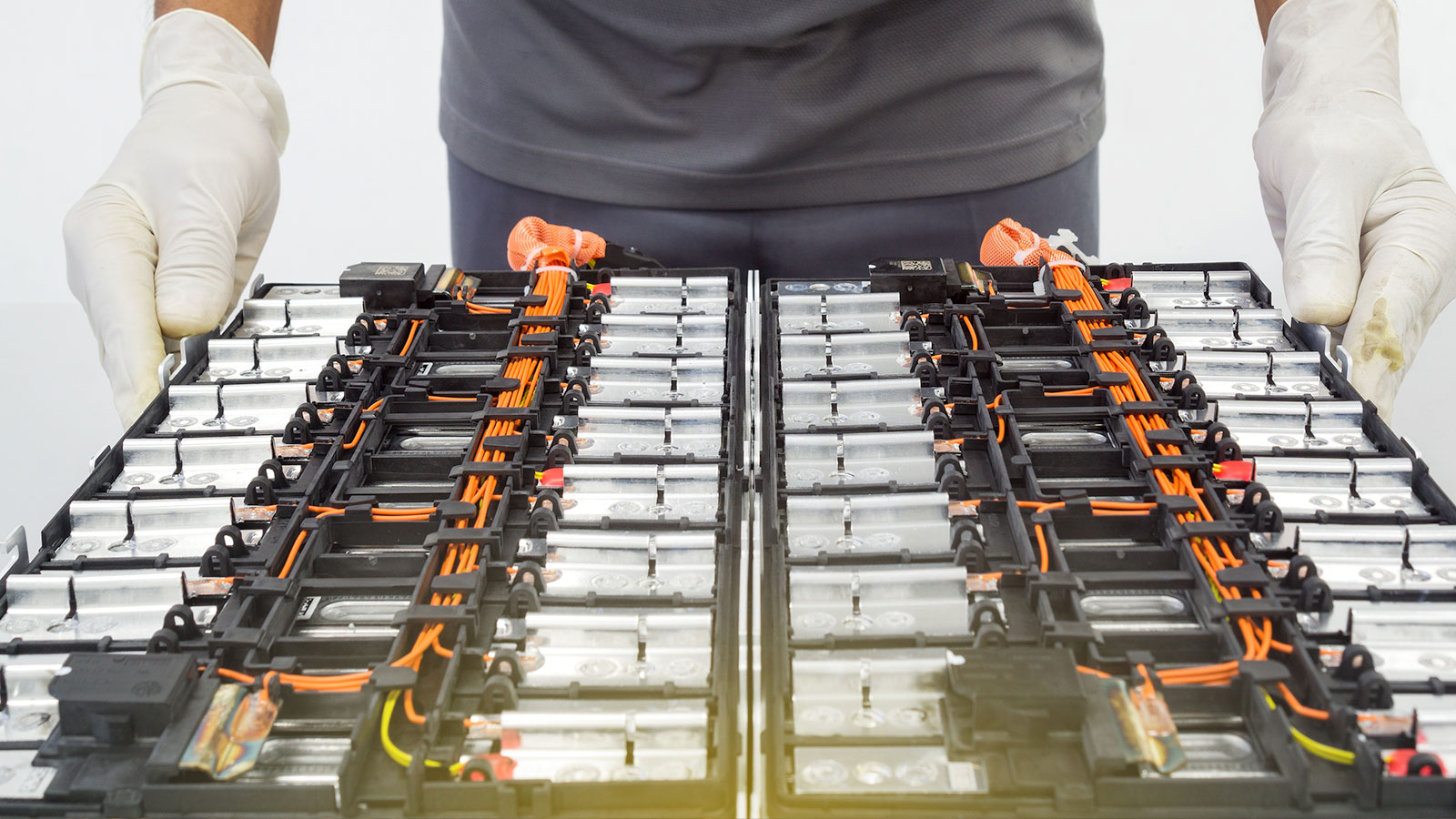Andrew Keith, Director of load bank manufacturer Power Prove, explores how technology enables safe lithium-ion recycling and keeps the EV battery market afloat.
Lithium-ion provides an excellent choice for batteries in the growing electric vehicle (EV) market. However, its extraction poses supply and sustainability issues. Although lithium-ion batteries can be recycled and reused, the process can be dangerous.
The renewable energy transition means demand for batteries is growing, with the lithium-ion battery supply chain set to grow alongside it by up to 30% each year until 2030. A key reason for its recent growth is the increase in EV sales.
As the world’s lightest metal, lithium is an ideal choice for lightweight batteries with high energy density that are suited to quick charging. The batteries also contain small amounts of other heavy metals such as cobalt. While hybrid vehicles use nickel-metal hydride batteries, they are more expensive and prone to self-discharge, resulting in gradual energy loss.
Therefore, lithium-ion batteries will play an essential role in the UK government’s pledge to ban the sale of petrol and diesel vehicles by 2035. But producing them is not without its issues.
Scarcity of material
With an estimated 88 million tonnes of lithium on Earth and only around eight kilograms needed for each battery, why are shortages predicted for as soon as 2025?
According to the US Geological Survey, the problem is not with the planet’s quantity of lithium, but that only a quarter of it is extractable using current technology. The findings also show that in 2022, worldwide lithium consumption hit 134,000 tonnes while production lagged at 130,000 tonnes. This means that, even before roads are filled with EVs, lithium demand already outweighs supply.
Sustainable sourcing
Although EVs are billed as a greener alternative to petrol and diesel cars, lithium-ion mining is surrounded by sustainability issues. The process is highly water intensive, threatening the water supply to nearby communities, as is the case with Latin America.
This is the case with the ‘lithium triangle’, a region encompassing northern Argentina, northern Chile and southern Bolivia which contains two thirds of the planet’s lithium reserves. It is one of the driest regions on Earth and parts such as Bolivia are also among the world’s poorest.
Consequently, lithium extraction not only has negative environmental impacts such as biodiversity loss, but also threatens the livelihoods of already poor communities who rely on nearby water supplies.
Additionally, much of lithium’s extracted lithium-ion is refined in countries such as China, which has the skills and infrastructure to process it.
Supply chain issues
In addition to refining imported lithium, China is also one of the world’s largest producers, making it responsible for up to 90% of the global lithium battery supply chain. Consequently, many countries depend on it for EV batteries.
However, since China is also a world leader in terms of numbers of EVs bought nationally, heavy reliance on Chinese lithium could cause supply chain issues as resources are scarce.
The US is increasingly using its lithium reserves to reduce dependency on China. However, Europe’s limited lithium supply makes this option less viable for the UK.
Technology solutions
The best way to grow the EV market enough to reduce reliance on internal combustion engines is by using innovative technology to recycle pre-existing batteries.
Lithium and other heavy metals present in EV batteries can be recovered and reused, but the recovery process can be dangerous as the batteries produce small charges even when they appear depleted.
To ensure the safe removal of these metals, batteries can be connected to a load bank, a machine used to test power sources by simulating electrical loads. The battery’s capacity can then be assessed and discharged, dissipating surplus electrical load.
Furthermore, load bank technology is evolving alongside EVs, ensuring lithium-ion can continue to be recycled. EV battery capacity is measured in kilowatt hours (kWh), with higher capacity vehicles often able to travel further on a single charge. As EV range is constantly improving, custom load banks suited to higher kWh requirements can be created, allowing discharge testing on larger capacity batteries.
As we move towards EV-only roads, lithium extraction will play an important role in manufacturing batteries. However, the safe recovery of lithium-ion will be the real driving force in powering the next generation of EVs.


